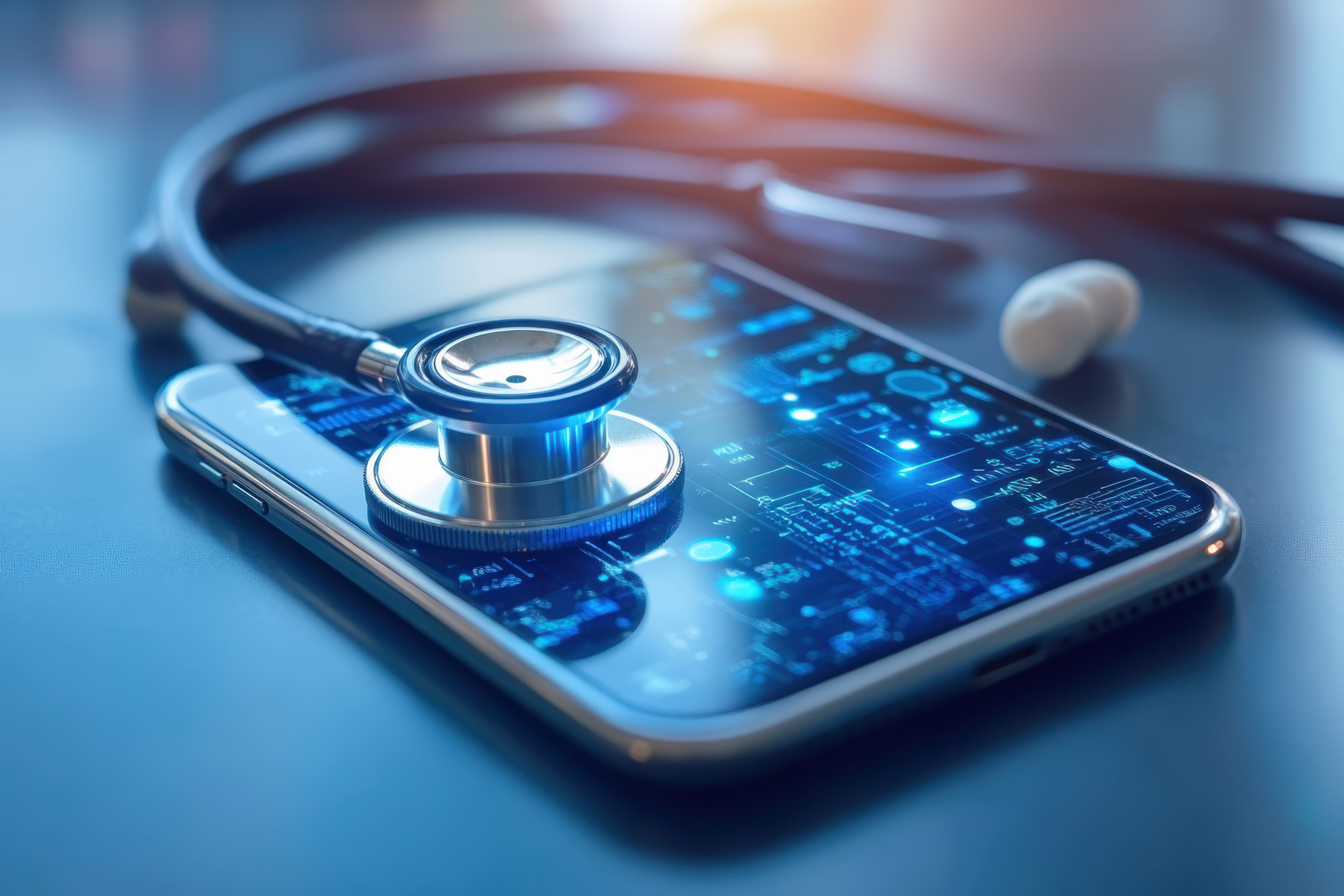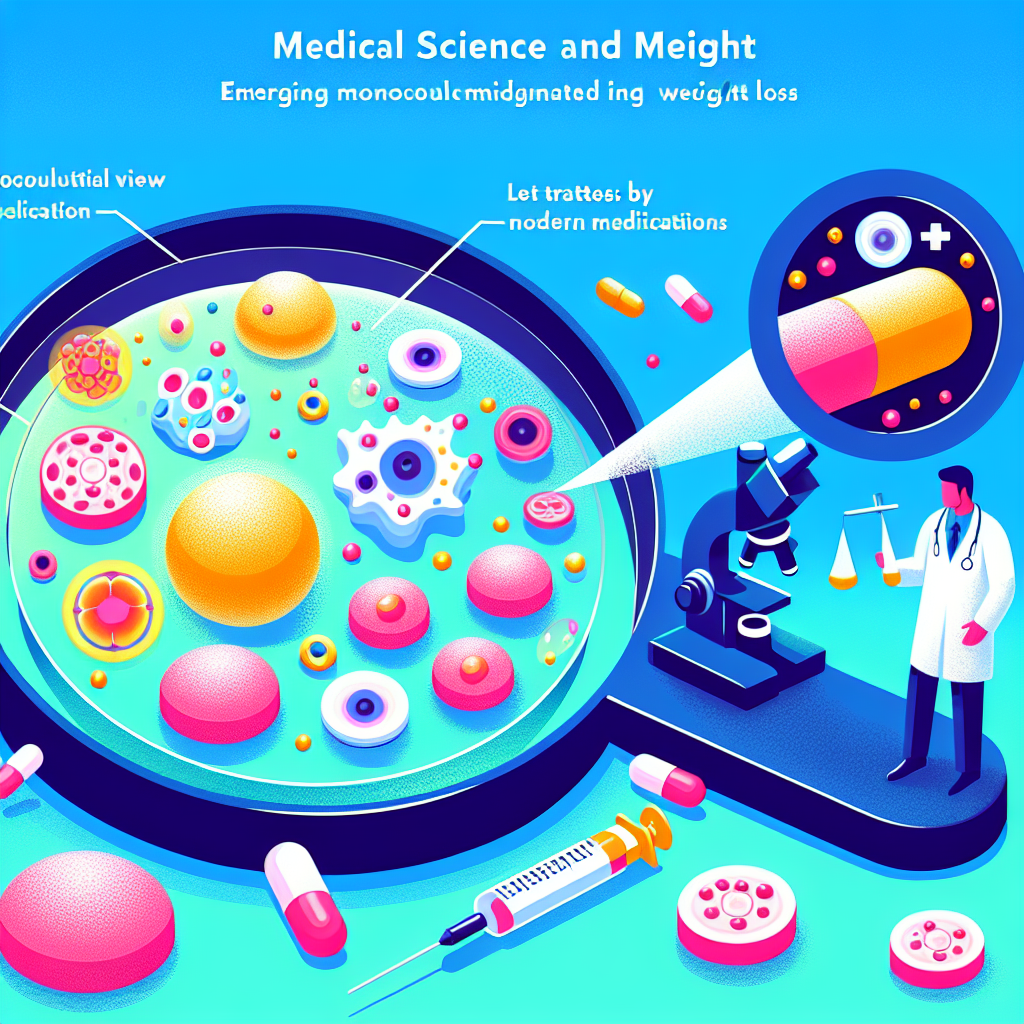How Doctors Are Changing the Criteria for Weight Loss Medication Eligibility
The conversation around weight loss is undergoing a significant shift, driven by advances in medical research, improved treatment options, and a broader understanding of obesity as a complex health condition. With over 42% of U.S. adults affected by obesity (CDC, 2022), healthcare providers are rethinking how and when to prescribe interventions. One of the most noteworthy changes is how doctors determine eligibility for weight loss medications. Increasingly, they are moving beyond the traditional reliance on BMI and embracing more individualized, holistic criteria.
The Shortcomings of Relying Solely on BMI
For years, BMI (body mass index) was the primary tool for deciding if someone qualified for weight loss medications. Typically, individuals with a BMI over 30—or over 27 if they had related health conditions like type 2 diabetes or high blood pressure—were deemed eligible.
However, experts now criticize BMI-based guidelines as outdated and overly simplistic. According to Dr. Fatima Cody Stanford, an obesity medicine specialist at Harvard Medical School, “BMI is an imperfect indicator that doesn’t measure health. It was never designed to guide treatment.” The reason? BMI fails to differentiate between fat and muscle, and it does not account for variations in age, sex, ethnicity, or body composition.
To illustrate this flaw, consider an NFL athlete with high muscle mass. Their BMI might fall into the “obese” category despite being in peak physical health. Conversely, someone with a low BMI but dangerous levels of visceral fat could be at serious risk for chronic conditions.
A Move Toward Personalized Health Assessments
Recognizing these limitations, healthcare providers are now adopting a more comprehensive approach. Instead of relying solely on BMI, doctors evaluate:
– Blood sugar levels and prediabetes
– Blood pressure and cholesterol profiles
– Liver health, particularly related to fatty liver disease
– Breathing and sleep quality, such as the presence of sleep apnea
– Mental health and overall quality of life
This shift treats obesity as a chronic, multifactorial medical condition rather than a cosmetic concern. For example, a patient with a BMI of 26 who also has elevated blood sugar and high cholesterol might now qualify for preventive treatment—even though they wouldn’t have been eligible under old standards. This allows physicians to intervene earlier and potentially prevent more serious health issues.
Modern Medications are Driving the Change
The evolution in treatment eligibility has been reinforced by the arrival of more effective weight loss drugs. Medications such as semaglutide (Wegovy, Ozempic) and tirzepatide (Zepbound, Mounjaro) have shown transformative results for many patients.
These GLP-1 medications work by regulating appetite and improving blood sugar control. Clinical studies, such as one published in The New England Journal of Medicine (2022), have shown that they can promote weight loss of up to 15–20% of total body weight.
“In some patients, we’re seeing life-changing weight loss—amounts comparable to bariatric surgery,” says Dr. Caroline Apovian, co-director of the Center for Weight Management and Wellness at Brigham and Women’s Hospital.
Due to their effectiveness, these medications are no longer reserved for patients in critical condition. Providers are increasingly prescribing them for early intervention to reduce future risks of chronic disease. Learn more about how these medications work in eDrugstore’s comprehensive guide to GLP-1 weight loss treatments.
Prioritizing Equity Over Numerical Cutoffs
Another growing trend in obesity treatment is the focus on equitable care. Evidence shows that BMI-centric standards may unintentionally exclude certain demographics. For instance, research indicates that Asian Americans may develop obesity-related issues at lower BMI thresholds, and historically, women and people of color have been underdiagnosed and undertreated.
To address these disparities, medical organizations such as the Obesity Medicine Association now advocate for using clinical judgment over rigid BMI requirements. By focusing on metabolic risks and individual health profiles, doctors aim to provide more equitable and accurate care.
The Importance of Shared Decision-Making
With more flexible criteria in place, the patient’s voice in treatment planning has become increasingly vital. The decision to start prescription weight loss medication now centers around the individual’s goals, lifestyle preferences, and medical history.
Some patients may seek energy restoration or disease prevention. Others may prefer non-medication approaches through behavioral changes and lifestyle support. Through shared decision-making, providers can build stronger trust and guide patients toward sustainable, personalized care.
“Treating obesity is no longer about numbers on a scale—it’s about improving someone’s life,” says Dr. Scott Kahan, director of the National Center for Weight and Wellness.
Insurance Hurdles Still Limit Access
Unfortunately, while clinical practice has evolved, insurance coverage has not always kept pace. Many insurers still require patients to have a BMI over 30 or evidence of comorbid conditions before covering weight loss medications.
This creates financial barriers for patients who may benefit from early treatment but do not meet strict insurance thresholds. Without coverage, FDA-approved medications such as Wegovy or Zepbound can cost more than $1,000 per month.
Healthcare advocates and medical professionals alike argue that expanding coverage could lead to long-term savings by preventing future costs associated with chronic diseases like diabetes and cardiovascular conditions.
Looking Ahead: A New Standard for Obesity Treatment
Our medical understanding of obesity is evolving—and so are the tools we use to treat it. Thanks to improved guidelines, we now see a more proactive, patient-centered approach to prescribing weight loss medications.
Healthcare providers are prioritizing long-term well-being over arbitrary BMI ranges, aligning treatment with the reality that obesity is shaped by genetic, biological, and environmental factors—not just willpower or diet.
Final Thoughts
The redefinition of weight loss medication eligibility reflects a broader transformation in how we understand obesity. By shifting away from BMI alone and focusing on holistic, personalized care, modern medicine is offering renewed hope for people who have long felt unsupported.
If you’re considering your options or want to learn more, explore the tools and resources available at eDrugstore.com. Whether seeking education or starting treatment, informed partnership with your healthcare provider is the essential first step toward lasting change.
References
– Centers for Disease Control and Prevention. (2022). Adult obesity facts. https://www.cdc.gov/obesity/data/adult.html
– Wilding, J.P.H., et al. (2021). Once-weekly semaglutide in adults with overweight or obesity. The New England Journal of Medicine, 384(11), 989–1002.
– Harvard Health Publishing. (2021). Why BMI may not be the best metric.
– American Medical Association. (2023). New guidelines support a patient-centered approach to obesity.
– Obesity Medicine Association. (2023). Guidelines for the treatment of obesity.








